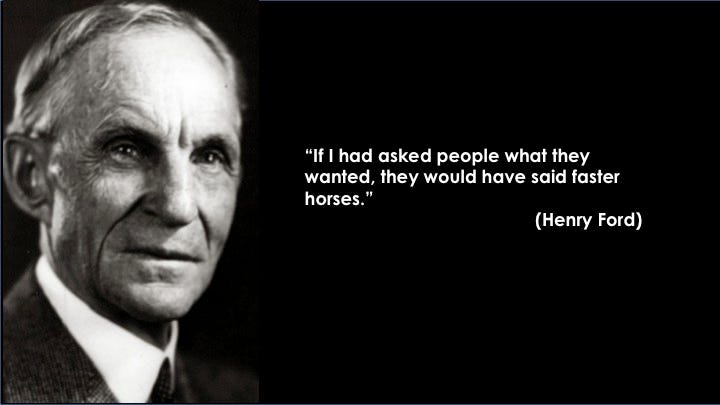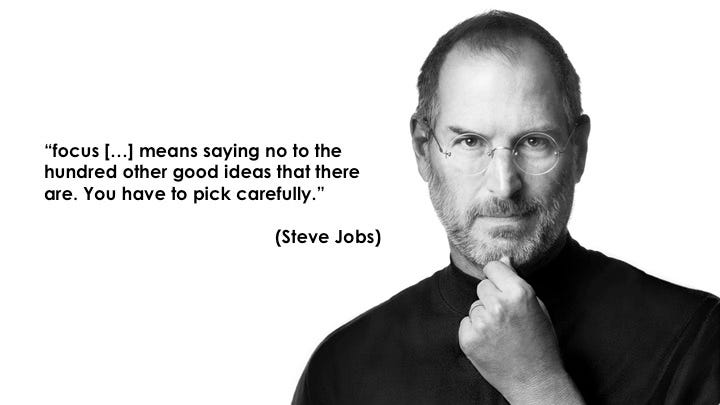The State of the Digital Publishing Ecosystem Part 2.1

A quick recap on blog 1, Paying the Ferryman. We discussed the current state of digital publishing, where revenues are becoming more and more difficult to attain, audiences are in decline and the powerhouses such as Facebook and Google dominate revenues and access to the web, they have become the ferrymen we must pay to gain access to our audiences. We once used them to build our audiences using their platform and now it has become increasingly difficult for us to reach them. Now let’s discover what we might do to navigate these tricky waters.
In Greek mythology the River Styx is the river that forms the boundary between Earth and the Underworld. Now, I am not suggested that the web is an underworld (well except for the Dark Web, but more on that in a later Thursday Thought and Innovation Show), but it is a place where a Digital publisher must be cautious and apply certain rules if they are to succeed. Let us know focus our attention on some possible survival tactics as we navigate the River Styx.
Rule 1/12 — Know Thyself

The Ancient Greek expression “know thyself” had a variety of meanings in Ancient Greece. For the purpose of clarity let our meaning be simply to know what you are good at and to know what you stand for (This analogy of Greece is kind of working so I am going to run with it whenever it works.)
The first thing any publisher, brand or blogger needs is a mission statement, a set of values, a north star. This makes creating content easier as anyone in the organisation can make decisions on the fly by aligning with the north star.
Rule 2/12 — Know Thy Audience
The traditional way to “know thy audience” is to do some expensive market research on gaps in the market and audience needs.

However, I believe because barriers to entry of creating content are so low, that you are better off simply shipping content that matches your interests and which matches your north star from rule #1.
E.g., if you are passionate about foraging, then create interesting foraging content for your audience and build a community.
Put your time and effort into creating content and not expensive audience research.
Remember audience research is often based in declarative data and this is often data collected from surveys and focus groups.
Think how honest and engaged you are when filling out a survey or when asked a question in front of a focus group.
Now think about how much more valuable behavioural data is, which is data based on your actions.
Rule 3 /12 — Measure and Analyse

I use the analogy that shipping content without measuring it?- whether it be on owned or third-party platforms?- is like playing bowling and just before the ball hits the pins someone drops a curtain.
You can no longer see, you know that you hit a couple of pins, you heard them fall, but you don’t know which ones.
Sounds ridiculous, but so many publishers, bloggers and brands do this, they ship content without measuring its impact.
Sometimes it is because they don’t want to know and sometimes it is because they don’t learn how to measure and iterate in real time.
To navigate the River Styx, we ideally need to decide what types of data matter to us.
1. Business as usual (BAU) data is essential to navigate how content is performing after it has shipped.
2. Real time data is data to measure how it is performing right now. E.g., if I post a story on social media, I should then be watching its performance on a regular basis or using a signaling tool like Newship’s Spike. If I post a piece of content and it is performing well on social organically (without me paying to boost it), that means it is resonating with the audience. In this instance I would boost that post to reach a wider audience and extend my brand reach even further.
3. Predictive analytics takes a while to model as you need a bank of historical data first before you can make a predictive decision. Financial bodies such as credit card companies have data so rich that they can predict life-changing events such as divorce, parenthood and even death, all based on spending habits captured consistently over time.
Rule 4/12 — Focus

When Steve Jobs came back to Apple after being fired he looked at the cluttered product line and decided it should be culled and streamlined.
He killed off 70% of products that were both using up resources and not turning a profit.
Moreover, these products confused the public when they contemplated Apple’s value proposition. This bold decision allowed Apple to focus on a select line of excellent products instead of dozens of mediocre ones.
The lesson here is to focus on what content you are going to produce and develop a consistent pipeline of that content for your audience.
Just as you would go to a specific shop to buy a specific good, so too must your website, app or social posts be consistent.
To ensure your content is resonating with an audience you will need some metrics.
These metrics should not be vanity metrics such as page impressions, unique users and Facebook likes, but rather repeat visitors, dwell time (time on site), shares and ‘people talking about this ratings’ (PTAT).
From the feedback of these posts, the last one was slightly too long, so this one is split into 3 articles over the next 3 Thursdays. Over the next 2 weeks we will cover some more topics on what we can do to navigate the digital publishing world, before we look at some of the threats that await us.
If you like the topics covered here, check out #theinnovationshow here:
Website http://bit.ly/2FwsOJw
Soundcloud https://lnkd.in/gBbTTuF
Spotify http://spoti.fi/2rXnAF4
iTunes https://apple.co/2gFvFbO
Tunein http://bit.ly/2rRwDad
iHeart Radio http://bit.ly/2E4fhfl
Subscribe http://bit.ly/2EWVlbj